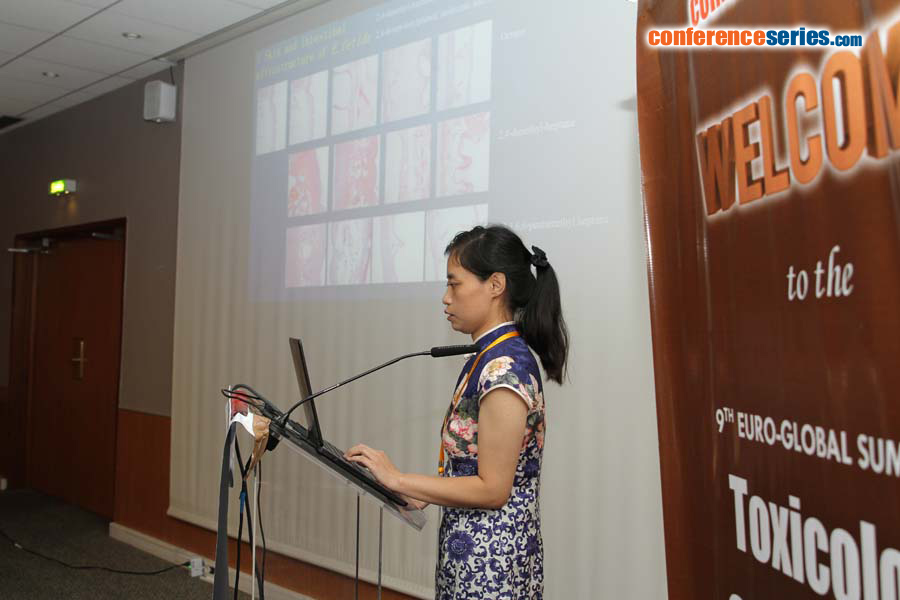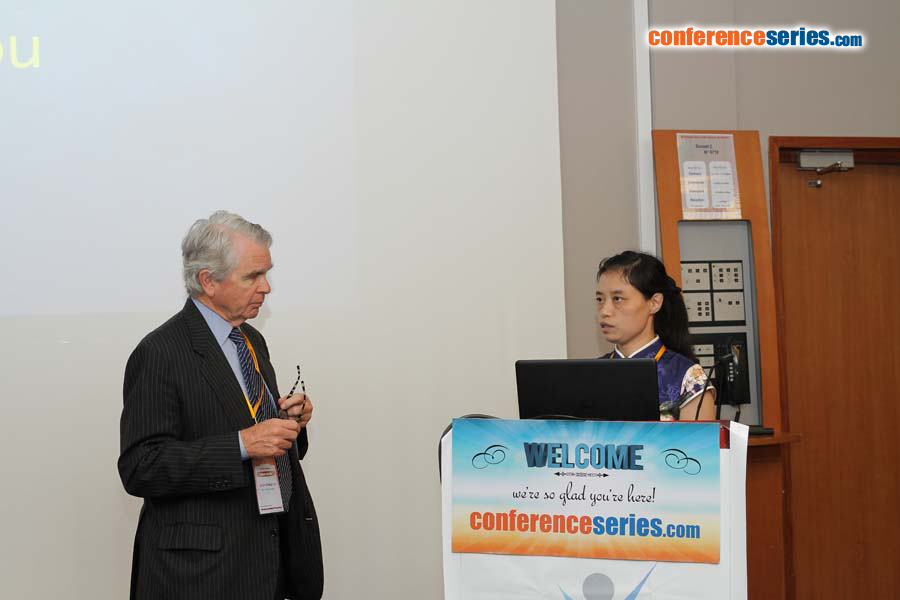
Biography
Biography: Danju Zhang
Abstract
Allelopathy has been identified as an underlying mechanism of detrimental environmental impacts within commercial plantations. Eucalyptus spp. is known to generate huge amounts of volatile organic compounds (VOCs) that can function as phytotoxins and thus inhibit other plants. In the present study, biochemical markers, including activities of acetylcholinesterase (AChE) and oxidative stress enzymes, such as superoxide dismutase (SOD) and glutathione S-transferase (GST), were assayed to assess changes in Eisenia fetida at the physiological level induced by different doses of VOCs as part of an acute toxicity test over 7 and 14-day exposures. In addition, the toxicities of VOCs were investigated using a soil avoidance test and comet assay. The results revealed that E. fetida exhibited significant avoidance behavior towards the highest concentrations of undecane, decane, 2,4-dimethyl heptane, and 2,2,4,6,6-pentametyl heptane. The tail DNA percentages were significantly increased for all experimental treatments relative to control. However, under the treatments of VOCs, Olive tail moment content and comet tail length also display an obvious increase compared to control, except for that of octane, undecane and decane treatments. As VOC concentrations and durations increased in the soil, activities of AChE, SOD, and GST were either stimulated or inhibited. Among the VOCs, decane, 2,4-dimethyl heptane, 2,2,4,6,6-pentamethyl heptane, and 2,4-di tert buyl phenol exerted stronger effects on enzymatic activities. In summary, VOCs in rhizosphere soils of E. grandis might exert a toxic impact on E. fetida, among which 2,4-dimethyl heptane, 2,2,4,6,6-pentamethyl heptane, and 2,4-di tert buyl phenol have the strongest effects. It was found that 4 and 8 year might be the important turning points for the dynamics of the allelochemicals. The effects of water-soluble allelochemicals were stronger than that of VOCs. At present, selection of the main effective phenol compounds through UPLC-MS and their physioecological effects are in progress.

Recent Publications
1.Tang Z Q, Zhang J, Yu J L, Wang C Z, Zhang D J (2017) Allelopathic effects of volatile organic compounds from Eucalyptus grandis rhizosphere soil on assessed using avoidance bioassays, enzyme Eisenia fetida activity and comet assays. Chemosphere 173(4): 307-317.
2.Wang C Z, Zhang D J, Zhang J, Ji T W, Tang Z Q, Zhao Y Y (2015) Allelopathic effects of volatile compounds from Eucalyptus grandis on Vigna radiata, Raphanus sativus and Lactuca sativa. Allelopathy Journal 36(2): 133-325.
3.Zhang D J, Zhang J, Yang W Q, Wu F Z, Huang Y M (2014) Plant and soil seed bank diversity across a range of Eucalyptus grandis plantations afforested on arable lands. Plant and Soil 376: 307-325.




